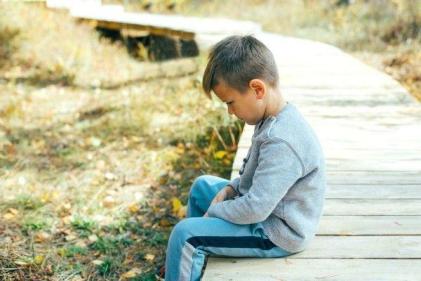 As your child gets older, goes to school, joins clubs or tests their independence they are going to meet various types of people. This means teaching your child about stranger danger is one of the most important things you can do; however, while they should be aware of dangers you don’t want to scare them.
As your child gets older, goes to school, joins clubs or tests their independence they are going to meet various types of people. This means teaching your child about stranger danger is one of the most important things you can do; however, while they should be aware of dangers you don’t want to scare them.
When to broach the topic
It is important you broach the topic with your youngster when both of you are in a good mood. Remember, you are not giving out to your child and you are not trying to scare them. They are probably already aware of 'stranger danger' so if they say 'I already know about this' tell you still want to go over it.
What is a stranger
This seems like an easy one, but make sure your child knows what a stranger is. When you are out and about point out strangers to your child so they are fully aware of what you mean.
Talk about ‘good’ and ‘bad’ strangers
Define the difference between a good stranger and a bad one. Police, teachers, firefighters, doctors and nurses are good strangers. However, make sure they understand that not all ‘bad’ strangers are like the characters in movies and some look approachable and nice.
Teach them to be aware
Not all strangers are bad but it is important your youngster is cautious when approached by an adult. Remind them adults won’t ask a child for help and to never go with anyone no matter how nice they may seem.
What to do if approached by an adult
When teaching your kids about stranger danger, it is important you don’t make them scared of adults. If they are approached by an adult tell them to walk away and find someone they know or one of the safe strangers. It is important you tell them it’s ok to yell and shout if they feel frightened.
Be repetitive
The best way to ensure your child is always safe is to keep talking about good and bad strangers and frequently ask them what they would do if approached by someone they didn’t know. If it’s not at the top of your child’s mind they may forget what you have taught them so go over it as often as you can.







